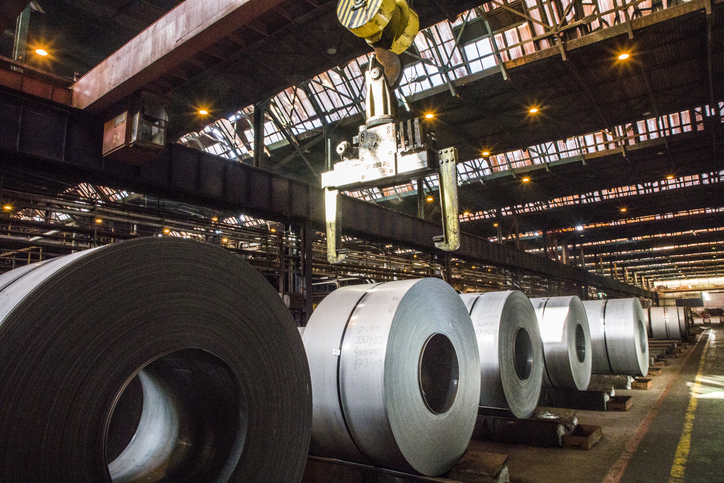
Meanwhile, the domestic steel industry is gathering to discuss the state of play.
Sometimes friends fight.
The U.S. government has long criticized European Union countries for not spending enough on consumption or defense. But NATO members, many of whom are also EU members, weren’t happy by the American handling of the end the decades-long war in Afghanistan. France, a very prominent EU member, was very angry when the Australian government welched on a deal to buy submarine technology from Paris and cut a deal with the United States instead.
Debates about appropriate defense spending or a naval technology love triangle between the U.S., France and Australia aren’t exactly EU business. And neither is NATO’s ended presence in Afghanistan exactly EU business. But, hey, it’s the context as top U.S. and EU diplomats begin formal talks in Pittsburgh on Wednesday at the first meeting of the U.S.-EU Trade and Technology Council. This is a new forum agreed to by the Biden administration and EU leadership after President Biden crossed the pond this summer to reset American relations with Europe.
But it’s not gonna be all submarines. Oh no! They’re also likely to talk about the national security steel tariffs the Trump administration raised in 2018 and the Biden administration has maintained since assuming office.
They won’t be talking about them just because the talks are being held in the historic heart of the American steel economy, either: Europe has long and loudly complained about being targeted by these tariffs against all steel imports that went up in response to the chronic production overcapacity in the international steel industry.
The problem, however, has only grown worse during the coronavirus pandemic. In 2020 the OECD estimated that global steel capacity exceeded demand by 625 million metric tons; that’s over six times the production capacity of the entire American steel industry. This has significantly distorted steel prices, and in the years before the tariffs it meant shuttered mills, laid-off steelworkers and moribund economies in American steel towns.
In the years since the tariffs, the domestic steel industry has roared back. American mills are working closer to their full capacity, and companies like U.S. Steel and Cleveland-Cliffs have had the room to make significant capital investments that will make them cleaner and more competitive.
In other words, they’re working as intended.
Now, is Europe the source of most of the overcapacity problem? No, that would be the gargantuan, state-backed Chinese steel industry. But lots of overcapacity comes from Europe, too. And that’s why those tariffs should remain in place until Europe makes steel trade commitments of its own.
We’ll be watching what comes out of the Trade and Technology Council talks this week, and we aren’t the only ones. Members of the Congressional Steel Caucus will join United Steelworkers President Tom Conway and several industry executives for a virtual roundtable on Thursday to examine the state of the steel industry and policy priorities like infrastructure investment and decarbonization efforts, and the efficacy of the national security tariffs.
This online event is being hosted by yours best buds at the Alliance for American Manufacturing and is free to attend. So register here for Thursday’s event! And come learn something about how the domestic steel industry sees things these days.
